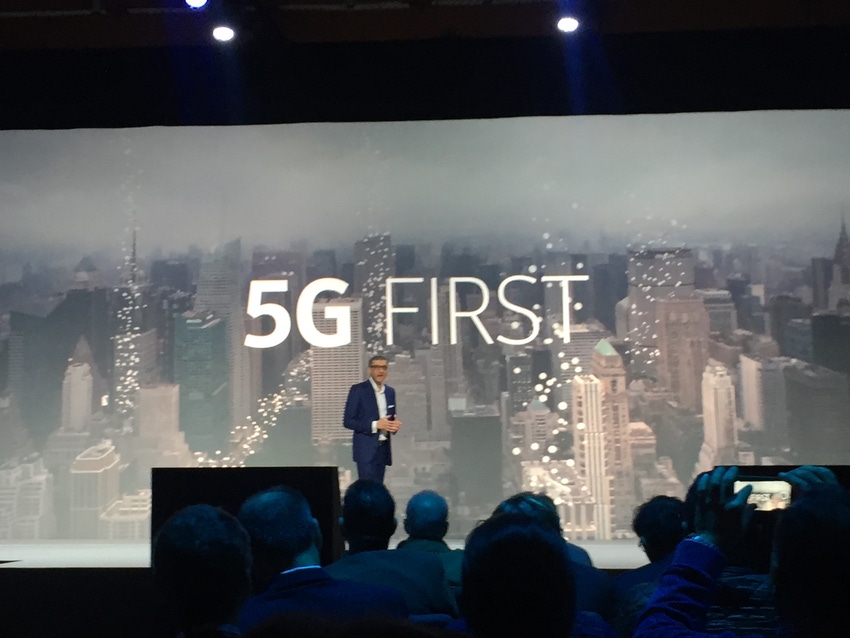Nokia, Intel and NTT Docomo have kicked off a new bout of trials to test out the 4.5 GHz band, one of the 5G candidates in Japan.
May 24, 2017

Nokia, Intel and NTT Docomo have kicked off a new bout of trials to test out the 4.5 GHz band, one of the 5G candidates in Japan.
Focusing on Nokia’s 5G FIRST offering, the trio will test end-to-end applications over-the-air between Nokia’s AirScale base station and Intel’s 5G Mobile Trial Platform, a proposition which has been grabbing a few headlines in recent weeks. Tokyo will be the focus of the trials, notably around busy tourist, shopping and business locations as well as at public events hosted by the operator.
“This trial is an important milestone for the development of 5G in Japan, which will be one of the first countries in the world to adopt the technology,” said Jae Won, who leads Nokia’s Japanese business.
“Furthermore, the initiative is an important step forward in our collaboration with NTT Docomo, as well as other key technology partners, as we develop a technology that will meet the ever-growing demands of huge numbers of people living in megacities.”
“This is a vital first step to allow us to ensure that we have the 5G network infrastructure available for when we commercially introduce the technology, with an ecosystem of device vendors to offer our subscribers the best possible choice and highest quality,” said Seizo Onoe, NTT Docomo’s CTO.
While Japan is generally recognised as one of the more advanced telco markets worldwide, the pressure is on to deliver 5G without delay. D-Day is the 2020 Summer Olympics in Tokyo, which would certainly be a suitable backdrop to launch 5G onto the waiting world. Although it is a useful little field-test, it isn’t the first surrounding the 4.5GHz band.
In Yokohama last November, Japan Huawei and NTT Docomo set up a ‘5G base station’ and conducted a trial using technology compliant with the current 3GPP New Radio standard agreements. It used 200 MHz of spectrum in the 455 GHz band via 64 transceivers to serve 23 separate pieces of user equipment (UE), both static and mobile. At total of 11.29 Gbps of throughput (around 1 Gbps per UE) was claimed with a latency of 0.5 milliseconds.
About the Author(s)
You May Also Like








.png?width=300&auto=webp&quality=80&disable=upscale)


_1.jpg?width=300&auto=webp&quality=80&disable=upscale)


.png?width=800&auto=webp&quality=80&disable=upscale)